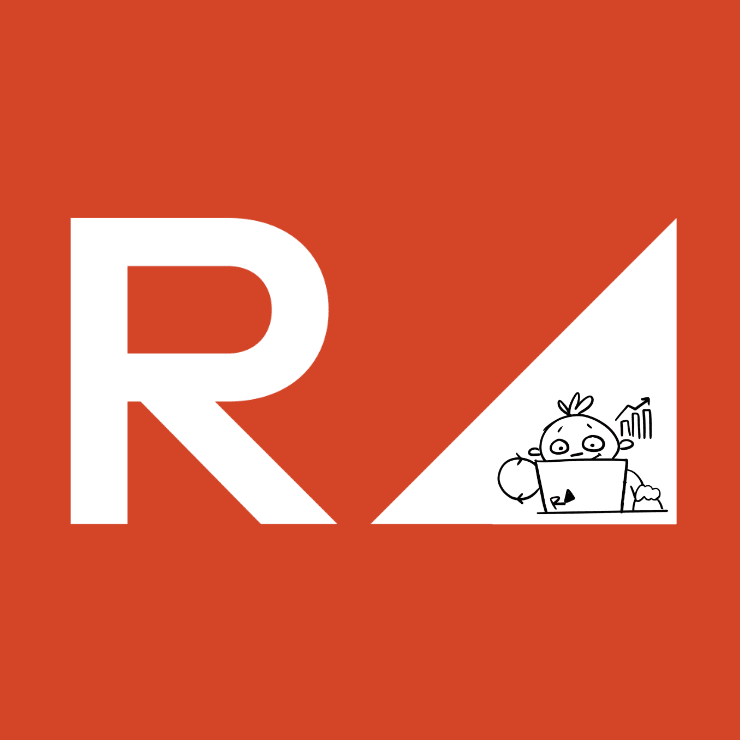Blog

“Build it and they will come.” While a historically true adage, it becomes less powerful over time with the innovations in distribution and the creative methods people have come up with to ultimately connect buyers and sellers. In the fast-growing and ever-popular space of online marketplaces, where do you begin?

This is Part 3 of 3 of our tutorial series about Remix Run.

Thanks for joining us for APIs & IPAs at DevCycle! Here are the slides from Jason Santos' talk on July 7, 2022.

At the risk of boring you at the very beginning of this blog, let’s look at some stats: Only 21% of employees are engaged at work, according to the latest worldwide poll from Gallup. In North America and Europe, where Rangle’s offices are located, 33% of North Americans report that they feel they are thriving — and only 14% of Europeans.

You’re browsing a website or an app that is selling a product you know for sure you want to buy. After muddling your way through the main navigation bar that offers dozens of product categories, services, and options to select from, you give up and turn to the search bar to quickly find the item you’re looking for. But the search bar doesn’t direct you to any results.

This is Part 2 of 3 of our tutorial series about Remix Run.

As a designer, we dream of delivering amazing experiences, beautiful UI, and exceptional products. But how often do we see the end product not match our initial expectations? It’s easy to say “We want to build this amazing thing but we don’t have enough development capacity.” Being able to work around these constraints and being able to get your ideas into production is really a skill on its own.

Software as a medical device (SaMD) represents an opportunity to successfully build and launch patient-centric digital health products and platforms. In this article, we'll take you through the fundamentals: what is (and isn't) a SaMD, how federal and international agencies classify and regulate SaMD, and how you can get your digital health product to market faster.






